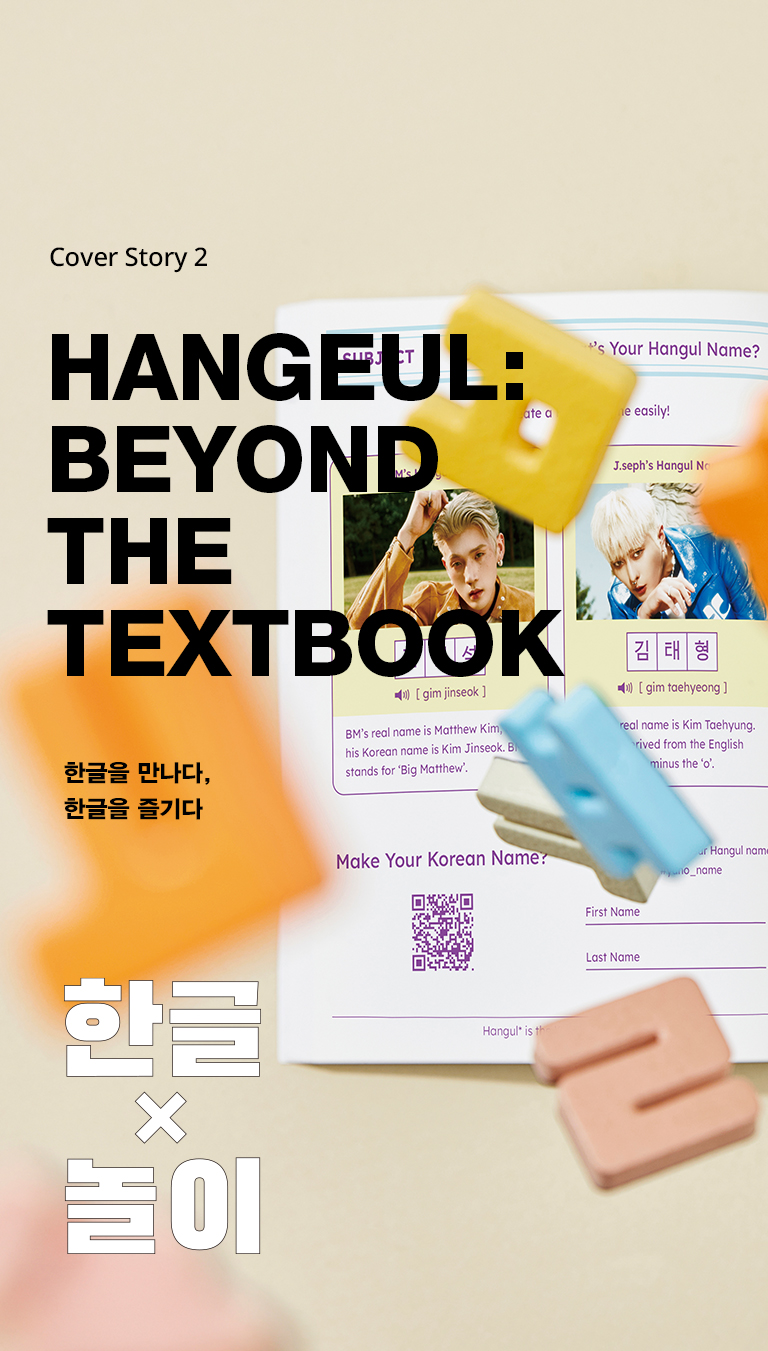
Even if you can’t visit Korea, you can still experience its fashion visually. Let’s explore Korean fashion in the media and highlights from Seoul Fashion Week, which was held in early February.
직접 한국에 오기 어렵더라도 한국 패션을 시각적으로 체험할 방법이 여기 있다. 2월 초 서울에서 열린 서울패션위크 소식과 함께, 미디어에 담긴 패션 이야기들을 살펴본다.
Writer. Sung Ji Yeon

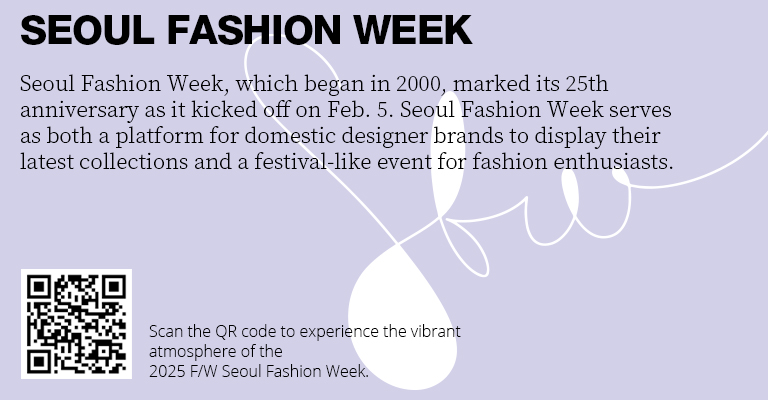
Seoul Fashion Week, hosted by the Seoul Metropolitan Government, has become a major global event showcasing Korean fashion. Through partnerships with cities like Milan, Seoul Fashion Week is positioning itself to join the ranks of the world’s top five fashion weeks and has established itself as the iconic stage representing Korean fashion.
On Feb. 5, as the highly anticipated 2025 F/W Seoul Fashion Week began, the area around the Dongdaemun Design Plaza (DDP) was bustling with journalists trying to capture the scene and people waiting to enter the runway shows. Despite the cold wave, the presence of models, actors and K-pop artists showing off their unique styles, along with journalists covering them, truly brought the “Fashion Week” atmosphere to life.
While media coverage took place outside, the main event programs were held at DDP and partner locations in Seongsu and Gangnam districts. Let’s look at how Seoul Fashion Week executed its various programs this year—including runway shows, performances, forums and presentations—all aimed at promoting Korean fashion to the global market.
This year featured an exceptionally diverse lineup of designers and brands. Many globally recognized brands from Paris, Milan and Japan participated, including EENK, YOUSER and AJOBYAJO, while JISOO BAIK and DAILY MIRROR made their debuts.
The fashion shows by 19 brands were particularly remarkable, transcending traditional runway presentations to become artistic performances that merged technology and art. HANNAH SHIN, who opened the event, showcased garments that brilliantly combined new technologies like AI and 3D printing with traditional crafting techniques such as molding, weaving and appliqué—representing an ideal harmony between humanity and technology.
Some brands incorporated dance, DJ performances and exhibitions into their shows, while others collaborated with macramé artists and composers. Rather than simply promoting new products, these brands helped audiences deeply engage with the shows by conveying their values through various creative elements.
 1. JULYCOLUMN showcased not only clothing but also diverse accessories at 2025 F/W Seoul Fashion Week
1. JULYCOLUMN showcased not only clothing but also diverse accessories at 2025 F/W Seoul Fashion Week
2. HANNAH SHIN, who presented the opening show at 2025 F/W Seoul Fashion Week, unveiled designs that combined cutting-edge technology like 3D printing with traditional clothing production techniques such as weaving.
3. A new collection from AJOBYAJO, a street wear brand that captures an outsider sensibility, presented at 2025 F/W Seoul Fashion Week
To strengthen its role as a platform connecting designers with consumers, buyers and fellow designers, Seoul Fashion Week introduced a “Forum” featuring fashion industry insights. Notable figures like James Fallon, a columnist and fashion authority, and Antonio de Matteis, CEO of a leading Italian menswear brand, shared their global perspectives on Korean fashion. Local fashion experts also discussed strategies for Korean fashion’s international expansion.
The event included programs fostering international exchange, such as “Showroom Tour,” which allowed foreign buyers to visit brand showrooms and place orders while discovering promising new brands. This year, the program expanded beyond Seongsu, Gangnam and Hannam to include Bukchon and Hongdae areas. The event also featured Urban Savvy, a Japanese street fashion union show.
Public programs included daily runway show tickets and twice-daily cultural performances featuring breaking (b-boying). A trade show showcasing 80 promising K-fashion brands displayed everything from clothing to accessories and bags, highlighting the diverse aspects of Korean fashion. “The Selects,” a global fashion showroom organized by the Korea Creative Content Agency, presented mini-shows and exhibitions by renowned brands like KIMHEKIM open to the general public.
This event truly captured the passion of fashion industry professionals. Since the events were simultaneously broadcast on platforms like YouTube, those interested in Korea’s unique brands and latest fashion trends can visit the content pages to experience it for themselves.

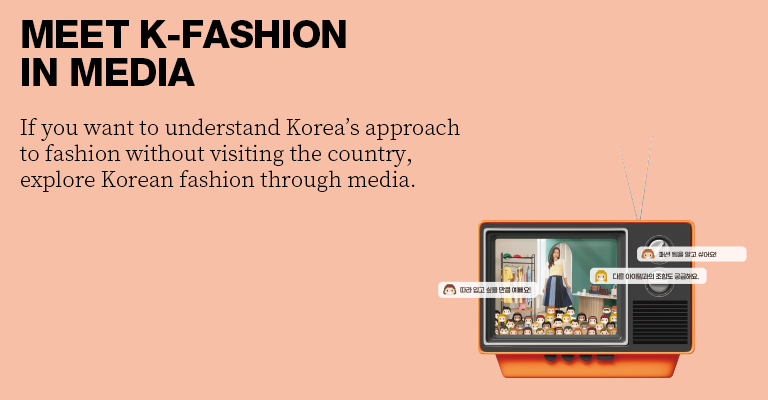
“Magic Wardrobe” is a show that showcases the talents of Korean designers and fashion stars. The program follows this format: Two MCs lead separate teams, and celebrity guests appear to share their fashion concerns. Based on the Time, Place and Occasion (TPO) requirements presented by the guests, each team’s panelists propose coordinated outfits using clothes created by Korean designers that best suit the specified TPO.
Not only can viewers enjoy the aesthetic sensibilities of K-fashion designers, but the show also overflows with useful tips from celebrity panelists known for their fashion sense. Each episode’s themes center around trends that viewers can reference, including topics that have garnered significant attention in the fashion industry in recent years, such as “genderless fashion,” “sustainability” and “MZ generation (a term used in Korea to refer to Gen Z)” style.
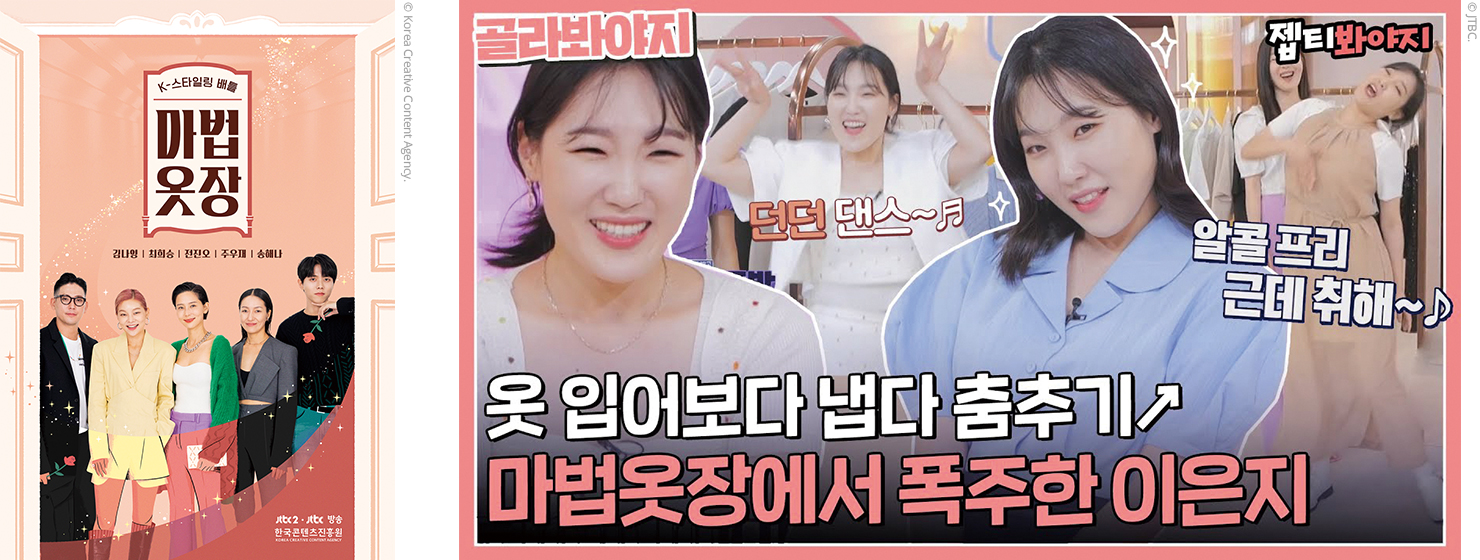 The poster and a scene from ‘Magic Closet,’ an entertainment program co-produced by JTBC and Korea Creative Content Agency (KOCCA).
The poster and a scene from ‘Magic Closet,’ an entertainment program co-produced by JTBC and Korea Creative Content Agency (KOCCA).
In Korea, there’s a term called boseh, which generally refers to non-branded clothing. While boseh clothes rarely receive the same documentary treatment as branded clothing such as exploring their hidden history or showcasing the work processes of manufacturers and distributors—the program “Top Seller” offers a glimpse into this world.
Top Seller is a program launched by a leading Korean fashion commerce platform. It follows the competition between “sellers” who personally select and sell boseh clothing. Contestants compete through every step of the process, from clothing selection to photography and uploading.
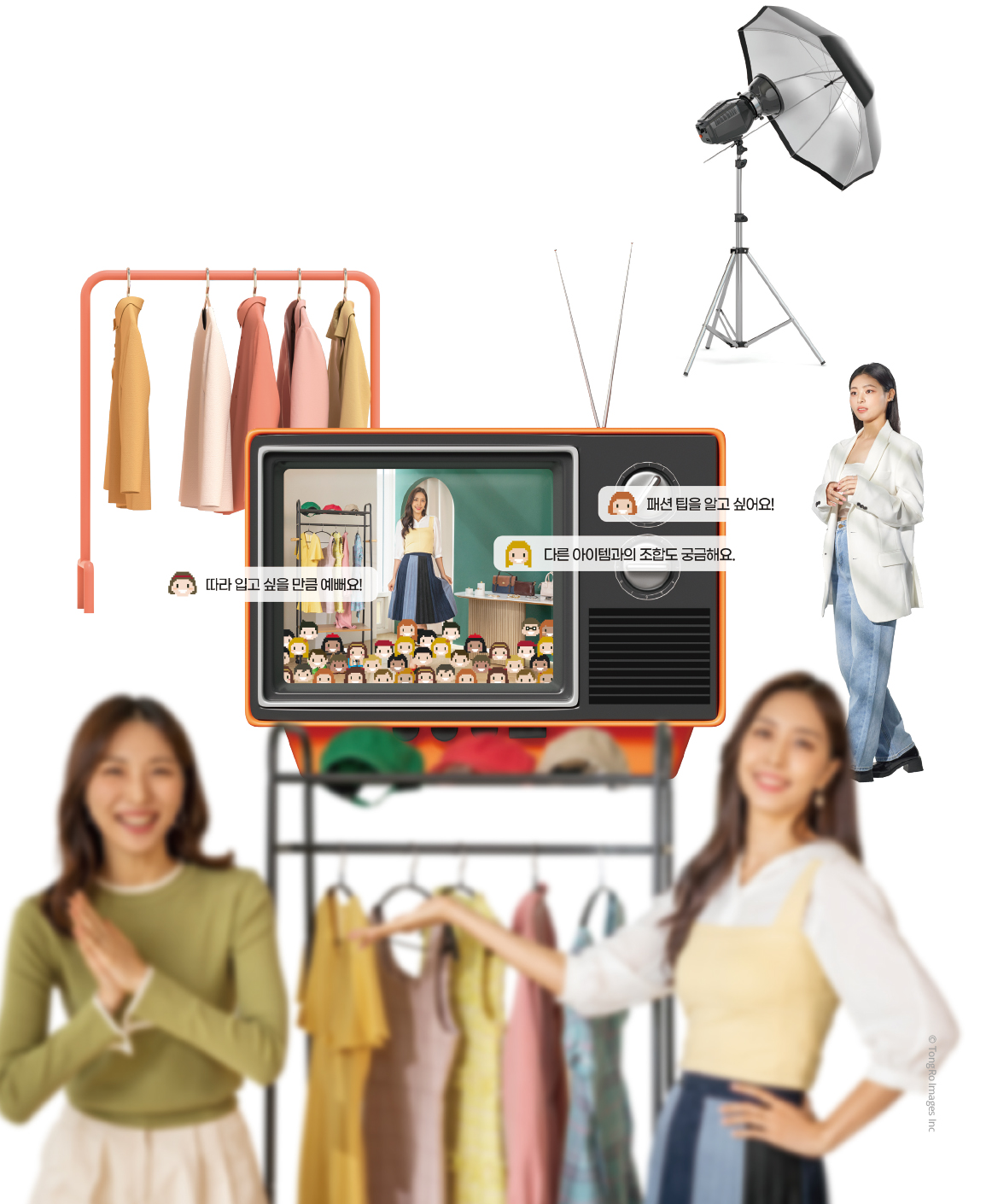
“Mapo Fashion Icon” is a program featuring famous K-pop stars Mino and P.O competing in fashion challenges. The two MCs follow incredibly distinctive TPOs; for example, they might have to create an outfit for “visiting a sick uncle and then going to a club”—a scenario never before seen in other programs. The show maintains viewer interest through various segments, such as when the two stars introduce their stylish friends or when guests style outfits for the hosts instead.